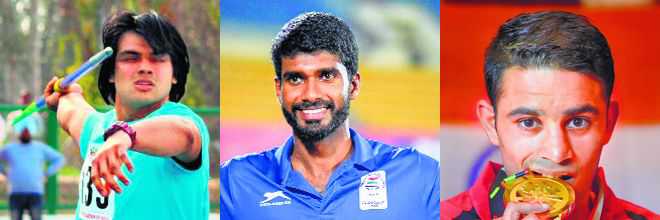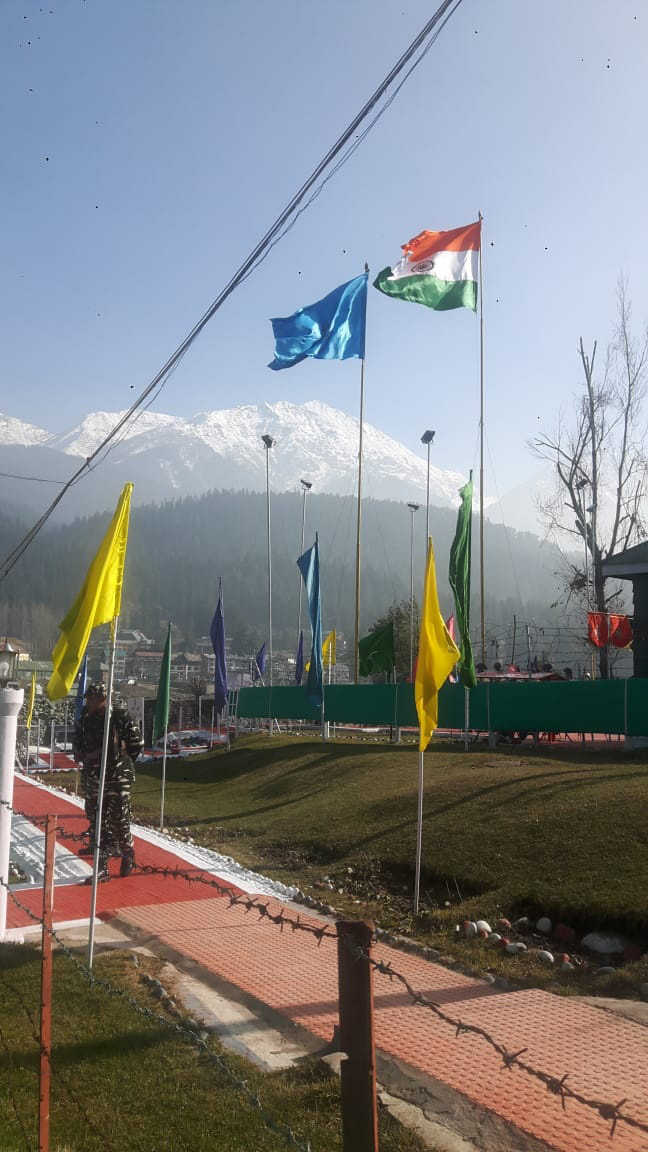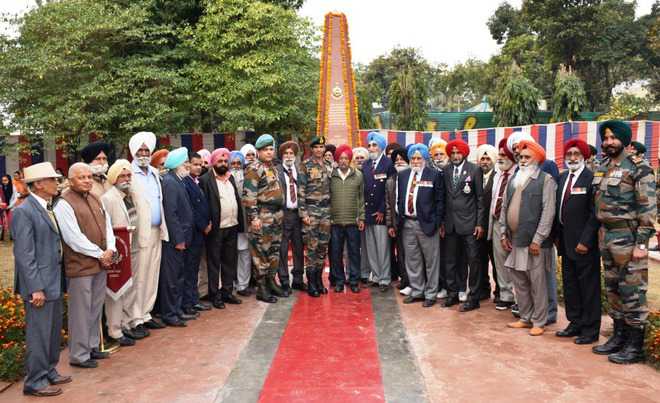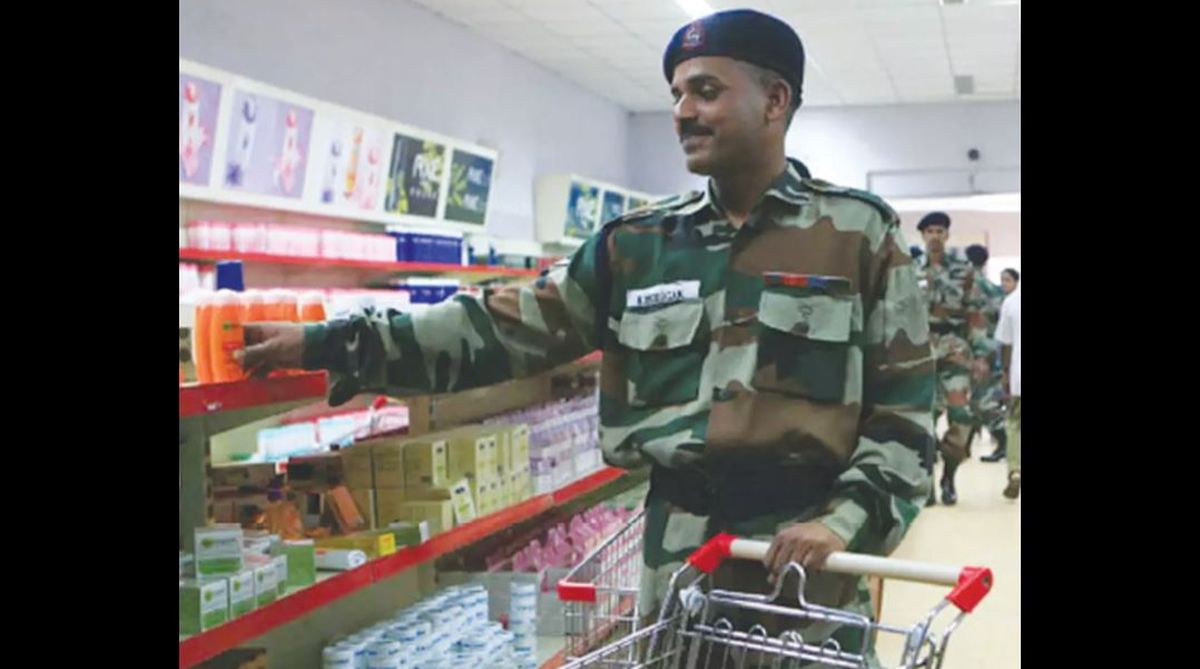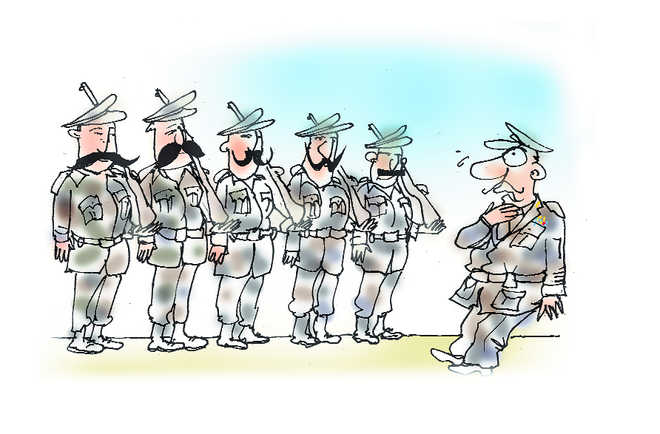Similar agreements signed with the US and Singapore
INDIA AND RUSSIA ALSO DISCUSSED JOINT MANUFACTURING OF THE AK-103 ASSAULT RIFLES, WHICH WILL REPLACE THE INSAS RIFLES
NEW DELHI: New Delhi and Moscow will sign a logistic supply agreement soon that will allow their military forces to share each other’s facilities. As India’s footprint in the region increases, logistic supply agreements will allow warships and aircraft to refuel and refurbish, improving the endurance of the Navy and Air Force. India has similar agreements with the United States and Singapore.
SANCHIT KHANNA/HT PHOTO■ Defence minister Nirmala Sitharaman with her Russian counterpart Sergey Shoigu at Rashtrapati Bhavan in New Delhi on Thursday.The decision to sign the logistic agreement was taken on Thursday at the 18th India-Russia Inter-Governmental Commission on Military Technical Cooperation (IRIGC-MTC) held in New Delhi where defence minister Nirmala Sitharaman met her counterpart General Sergei Shoigu of the Russian Federation.
The meeting of the defence ministers followed a meeting between national security advisor (NSA) Ajit Doval and his Russian counterpart Nikolai Patrushev, a key advisor to President Vladimir Putin. Patrushev, was in India recently.
The two NSAs discussed the “strategic dimension” of IndiaRussia relations, including leasing of an another Akula Class nuclear-powered attack submarine by, an official in the security establishment who is not authorised to speak to the media said. India previously leased the INS Chakra from Russia for 10 years. The lease comes to an end this year.
On Thursday’s meeting between the defence ministers, another senior official said India and Russia had “asked officials on either side to work out the framework and the details of the (logistics supply) agreement”.
Former admiral Shekar Sinha, who led the Western Naval Fleet, described the logistic supply agreement as a huge “positive.”
“Apart from the obvious advantages that both forces will have from an agreement, it is also a sign of India balancing its relations with US and Russia,” he said.
India and Russia also discussed joint manufacturing of the AK-103 Assault Rifles. India and Russia will jointly produce the rifles, which will replace the indigenously made INSAS rifles now used by the military, the second officer said.
In another major development, both sides exchanged a draft agreement on manufacturing spares in India. A majority of India’s weapons platforms in the three services – Army, Navy and Air Force – are of Russian origin. Lack of spares has become a major cause of concern for the Indian military.
Since Prime Minister Modi announced his ambitious “Make in India” programme in 2014, India has been pushing Russia to tie up with Indian industry to manufacture spares in India.
In a related development, India also asked Russia to increase the Indian components in the Kamov-226T helicopter. India has agreed to buy 200 Kamov 226T helicopters to replace the ageing Cheetah and Chetak helicopters.
A joint venture between Hindustan Aeronautics Limited —the Bengaluru-based defence public sector – unit —and Russian Helicopters has already been put in place.
Both sides agreed to increase “military to military cooperation” including war games. Of late, military exercises between the Indian military and NATO countries have increased, and India will look to balance its relations with Russia, its oldest and trusted ally, and the West.








